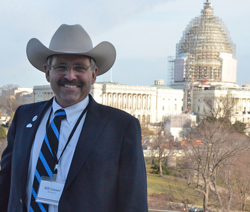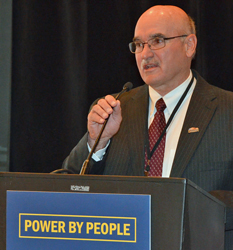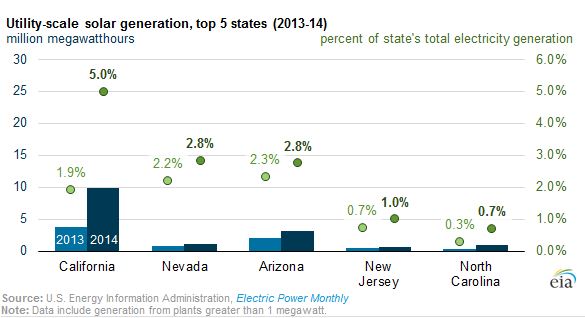A group of Congressional representatives wrote to the House Appropriations leadership this week specifically asking that any funding to help install blender pumps or promote corn ethanol exports be eliminated from the USDA budget.
 In response to the letter, Growth Energy CEO Tom Buis said “the request is neither helpful nor logical,” and also “unnecessary since there is already a prohibition on USDA funding blender pump grants in the 2014 Farm Bill.”
In response to the letter, Growth Energy CEO Tom Buis said “the request is neither helpful nor logical,” and also “unnecessary since there is already a prohibition on USDA funding blender pump grants in the 2014 Farm Bill.”
The letter was signed by 18 mostly Republican members of Congress, led by Reps. Bob Goodlatte (R-VA), Peter Welch (D-VT), and Jim Costa (R-CA), who claim that “the federal government’s creation of an artificial market for the ethanol industry is negatively impacting American consumers, livestock farmers, food producers, retailers, air and water quality, and the ability to feed our nation’s hungry.”
“This request stems from a flawed and inaccurate argument that has been disproven time and again,” said Buis. “The government is not creating an artificial market for ethanol, but the RFS is seeking to level the playing field and ensure alternatives to fossil fuels have market access so consumers are given a choice instead of a de-facto mandate to use petroleum based products.”
The 18 members of Congress who signed the letter represent ten states – California, South Carolina, Texas, Florida, Georgia, Vermont, Virginia, Oregon, Pennsylvania, and Wisconsin.










